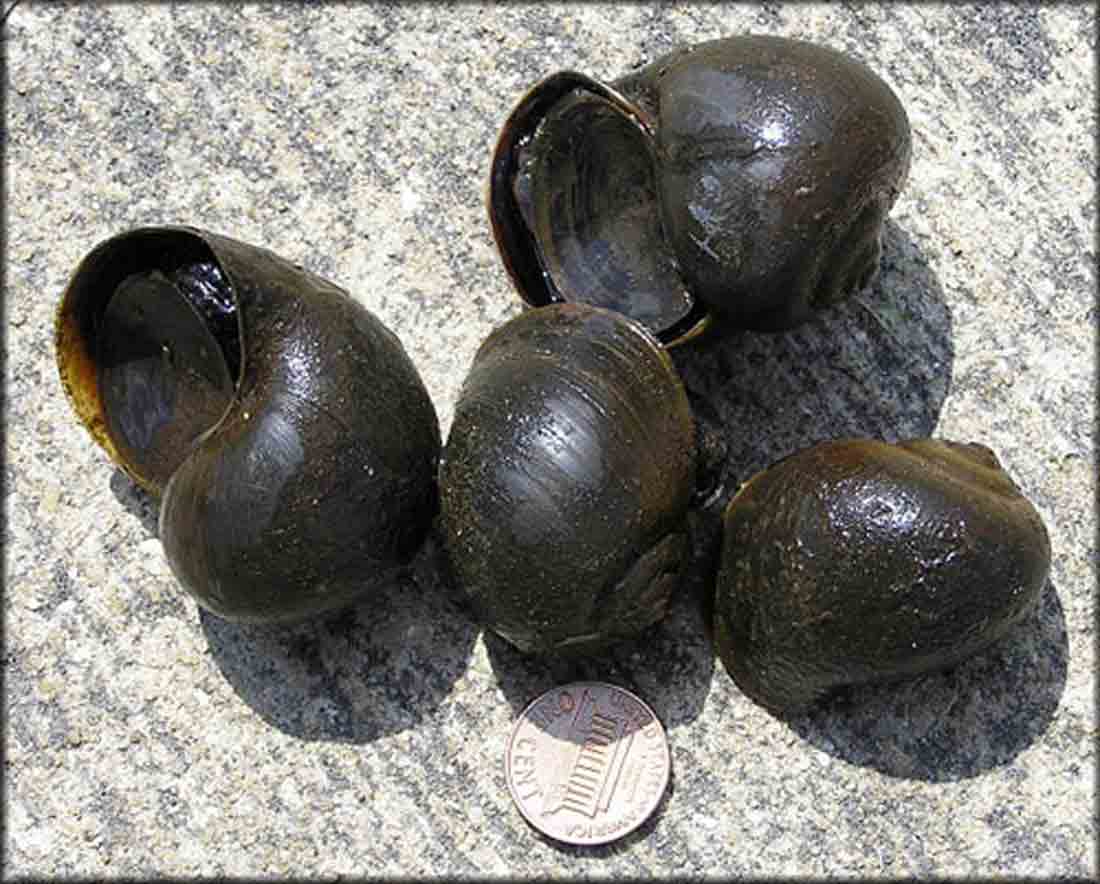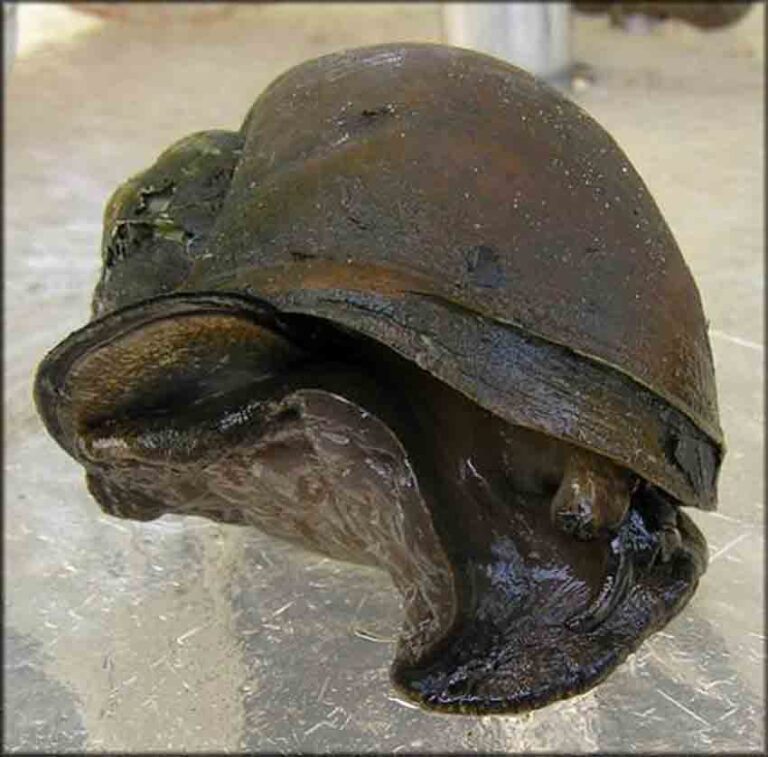FLORIDA – Do you have invasive apple snails in a pond, ditch, or waterway on your property?
It’s not surprising to researchers at the University of Florida if you do.
Don’t panic, but apple snails can grow up to six inches high.
Reportedly, the species was first introduced in Florida through the aquarium trade in 1989 in Palm Beach County and has since become established throughout most of the state.
There are apple snails from Miami-Dade County to as far northeast as Nassau County and as far west as Okaloosa County, said the University of Florida Institute of Food and Agricultural Sciences (UF/IFAS).
According to the UF/IFAS, they are found in freshwater lakes, rivers, streams, ponds, and ditches. Where they’re in abundance, they have crossed into wetlands.
While they spend most of their lives under the water, apple snails lay their eggs above the water line. It is no longer unusual for residents to come across bright pink egg clusters on vegetation and other hard surfaces like pilings, culverts, bridges, and coastal seawalls. Each cluster contains between 500 and 700 eggs.
In the last decade, apple snails have become a potential threat to Florida’s wetlands.
In a newly published study, University of Florida researchers at the UF/IFAS provide the first look at the potential environmental impacts of one of three invasive apple snail species on Florida’s wetlands. The paper’s findings show how the invasion of Pomacea maculata – commonly called the island apple snail or giant apple snail – and land management combines to affect multiple ecosystem functions and services in Florida’s wetlands.
“We learned the apple snail invasion can greatly alter wetland ecosystem functions, particularly plant communities and nutrient cycling,” said Jiangxiao Qiu, assistant professor of landscape ecology at the UF/IFAS Fort Lauderdale Research and Education Center and School of Forest, Fisheries, and Geomatics Sciences, and one of the study’s authors.
“All these influences can translate to impacts on ecosystem services, which are the ecological benefits to humans, such as plant productivity, water quality, habitat maintenance and landscape aesthetic values of wetlands.”
The study’s authors hope the findings will give ecologists, natural resource managers, invasion science researchers, and wetland scientists globally needed information to develop tailored actions that will mitigate apple snail impacts and conserve wetland ecosystems.
“Invasive apple snails exert significant destructive impacts on agricultural wetlands serving as rice farms in Southeast Asia and the southeastern United States,” Qiu said.
“In Florida, while rice farms are not dominant agricultural land uses, the understudied invasive apple snails are abundant, and they can exert impacts on natural and semi-natural wetlands.”
Florida has one native type of apple snail and three nonnative species, all of which can easily overpopulate areas by outcompeting native species. They destroy aquatic vegetation, damage agriculture, and adjacent communities, and can impact human health.

“For the research community, we showed how complex and varied apple snail impacts can be for critical ecosystem functions in different wetland types,” said Chase O’Neil, a biologist on the team and lead author of the study.
“This work has broad-reaching implications for other ecosystems worldwide where apple snails have invaded natural and agricultural wetlands because it can help develop management strategies.”
In the study, researchers measured how wetlands changed as a result of an apple snail invasion.
“Overall, we found that invasive snails substantially decreased aboveground biomass and vegetation cover and exhibited preferential feeding on wetland plant species,” said Qiu.
“Snails also increased water nutrients such as carbon, nitrogen, phosphorous and dissolved solids.”
The study is available in the March 2023 journal Science of the Total Environment at doi.org/10.1016/j.scitotenv.2022.160939.









